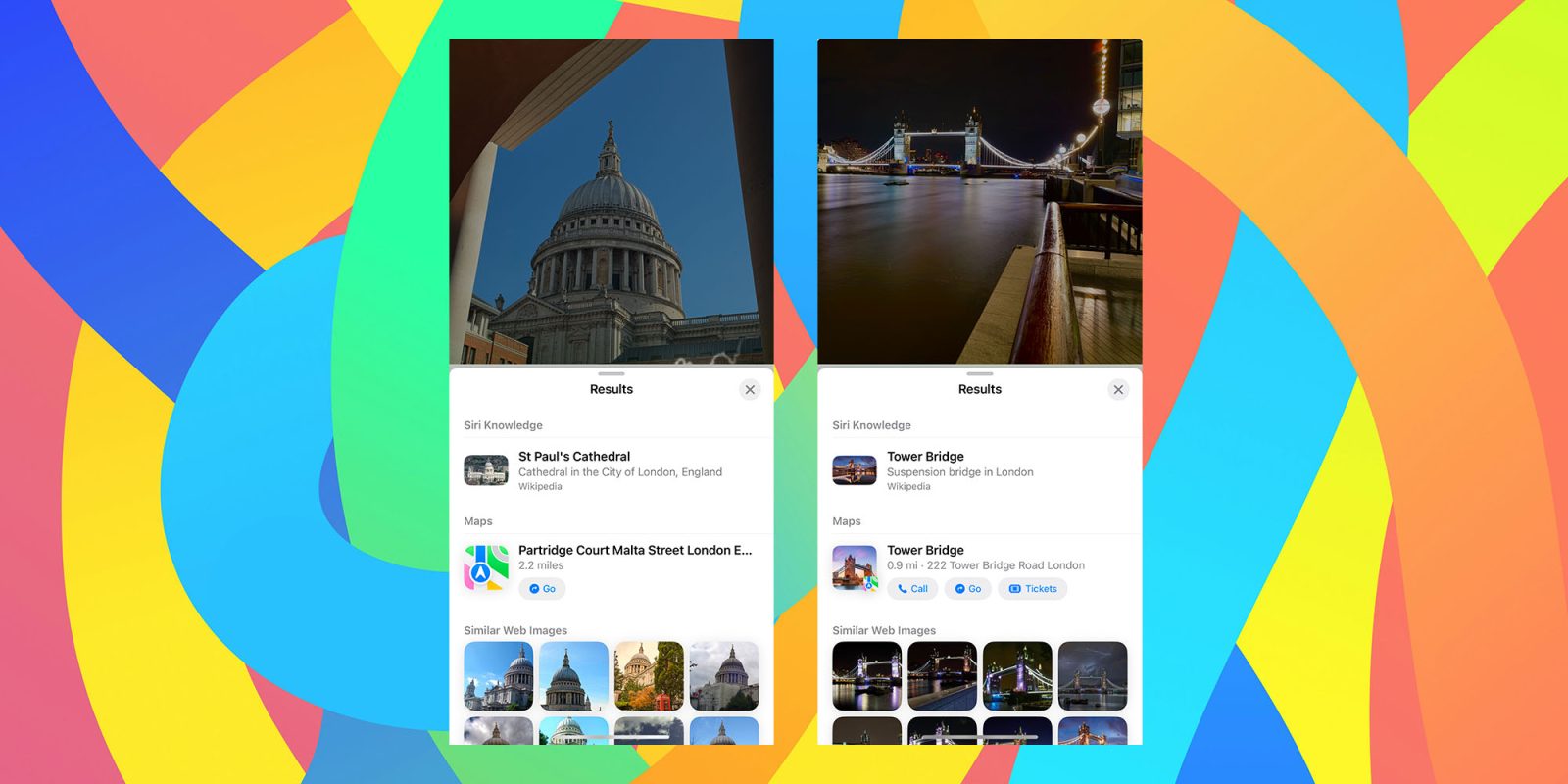
A developer has noted that Apple’s Photos app shares your iPhone photos with Apple by default, for an iOS 18 feature known as Enhanced Visual Search.
This is an expansion of the older Visual Look Up feature, which can recognize objects within your photos, but a privacy note in the Settings app implies that it sends more data to Apple …
Visual Look Up
Visual Look Up (VLU) is a older feature which aims to identify elements of your photos in order to provide relevant additional information. For example, if you take a photo of a dog, it will attempt to identify the breed.
VLU can identify anything from flowers to landmarks, and can do some quite funky things. For example, making sense of laundry label hieroglyphics, and even telling you what’s wrong with your car.
VLU was first introduced in iOS 15, and Apple noted at the time that the feature sends “limited” data to its servers.
When you use […] Visual Look Up […] limited information will be sent to Apple to provide up-to-date suggestions. Any information sent to Apple does not identify you, and is associated with a 15-minute random, rotating device-generated identifier.
Apple notes that this includes location data.
Enhanced Visual Search
Enhanced Visual Search (EVS) is, as the name suggests, an enhanced version of the feature. Developer Jeff Johnson highlighted in a blog post that this has its own privacy note, which implies that more data is sent.
The EVS-specific privacy note is found in the Settings app:
Settings > Apps > Photos > Scroll down to the bottom
The note says:
Allow this device to privately match places in your photos with a global index maintained by Apple so you can search by almost any landmark or point of | interest.
The tone of Johnson’s post is rather aggressive, objecting to the fact that EVS is on by default.
This user never requested that my on-device experiences be “enriched” by phoning home to Cupertino. This choice was made by Apple, silently, without my consent.
From my own perspective, computing privacy is simple: if something happens entirely on my computer, then it’s private, whereas if my computer sends data to the manufacturer of the computer, then it’s not private, or at least not entirely private […] By enabling the “feature” without asking, Apple disrespects users and their preferences. I never wanted my iPhone to phone home to Apple.
Remember this advertisement? “What happens on your iPhone, stays on your iPhone.” That was demonstrably a lie.
9to5Mac’s Take
While it’s interesting that Apple sees the need to specifically highlight the data sent by EVS, the company does appear to take as much care to protect our privacy as it does with VLU.
Enhanced Visual Search in Photos allows you to search for photos using landmarks or points of interest. Your device privately matches places in your photos to a global index Apple maintains on our servers. We apply homomorphic encryption and differential privacy, and use an OHTTP relay that hides IP address. This prevents Apple from learning about the information in your photos.
Personally, I’ll happily leave it on, but you can toggle it off if desired.
One piece of data which isn’t shared is location. This is clear as several of my London skyline photos were incorrectly identified as a variety of other cities, including San Francisco, Montreal, and Shanghai.
Via: The Verge. Photos: Ben Lovejoy/9to5Mac. Background: Maxim Berg on Unsplash.
FTC: We use income earning auto affiliate links. More.





